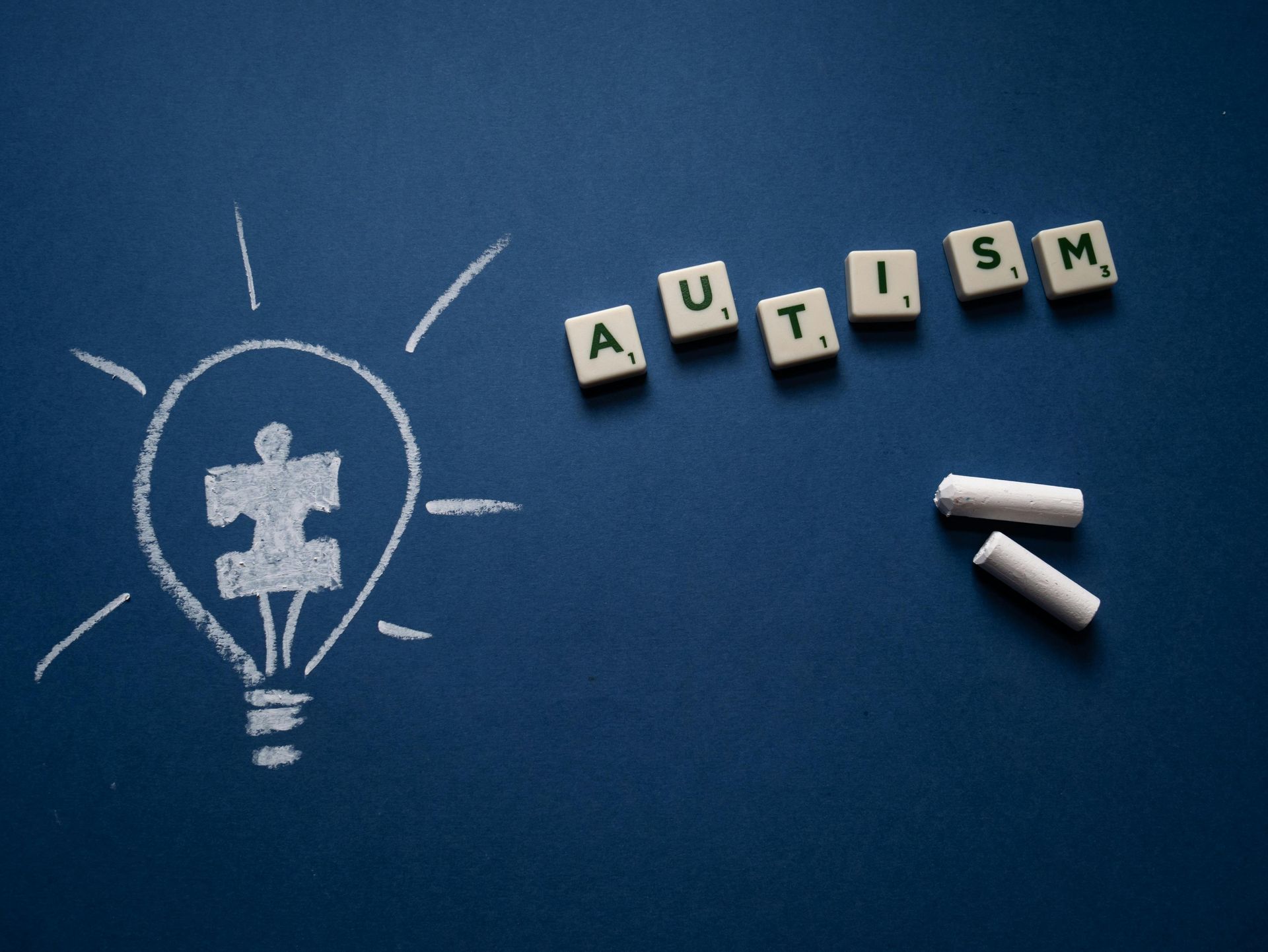Executive function is often described as the brain’s "control centre." When there is a dysfunction in this area, it can lead to struggles with goal-directed behaviour—such as setting goals, creating action plans, and seeing them through to completion.
Attention-Deficit/Hyperactivity Disorder (ADHD) is a complex neurodevelopmental condition characterized by patterns of inattention, hyperactivity, and impulsivity. For those living with ADHD, daily tasks that may seem routine to others—staying organized, meeting deadlines, focusing on tasks, and regulating emotions—can present real challenges. This is often due to a phenomenon known as executive dysfunction, which impairs the ability to plan, organize, and execute tasks. At the heart of understanding ADHD and executive dysfunction is the role of the prefrontal cortex, a brain region crucial for these higher-order cognitive processes. In this blog, we’ll understand how the prefrontal cortex contributes to executive function, why this region may function differently in individuals with ADHD, and what this means for managing the condition.
What is executive dysfunction?
Executive dysfunction refers to difficulties with tasks governed by the brain’s executive functions, a suite of cognitive skills that help us plan, organize, remember instructions, focus, and regulate our emotions and actions. This is why executive function is often described as the brain’s "control centre." When there is a dysfunction in this area, it can lead to struggles with goal-directed behaviour—such as setting goals, creating action plans, and seeing them through to completion.
For people with ADHD, executive dysfunction manifests in various ways:
- Difficulty with attention and focus: Trouble sustaining attention on tasks, often leading to unfinished projects.
- Impaired working memory: Difficulty holding information in the mind, which can make it challenging to follow multi-step instructions or remember what to do next.
- Poor time management: Struggles with estimating the time required for tasks, leading to missed deadlines or feeling perpetually “behind.”
- Inhibitory control issues: Acting impulsively or struggling to suppress certain behaviours, often leading to difficulties in social situations or maintaining productivity.
Each of these behaviours reflects underlying difficulties in specific brain functions—governed by the prefrontal cortex.
Understanding the prefrontal cortex
The prefrontal cortex (PFC) is a region located at the front of the brain, just behind the forehead, and is integral to our executive functions. Often regarded as the “CEO of the brain,” the PFC is responsible for processes like decision-making, planning, emotional regulation, and self-control. Unlike other areas of the brain that handle basic sensory and motor functions, the PFC supports complex, nuanced behaviours that allow us to adapt, learn, and make decisions in a range of different environments.
Within the PFC, several subregions play distinct roles in executive function:
1. Dorsolateral Prefrontal Cortex (DLPFC): This area is responsible for working memory and the ability to plan and problem-solve. It helps us hold information in mind and use it for tasks like reasoning and decision-making.
2. Ventromedial Prefrontal Cortex (vmPFC): Linked to risk and reward processing, this area is involved in evaluating the consequences of decisions, making it critical for self-control and decision-making.
3.
Orbitofrontal Cortex (OFC): Involved in emotion and reward, the OFC helps us evaluate our actions based on potential rewards or punishments. It also contributes to emotional regulation and impulse control.
The prefrontal cortex in ADHD: What's different?
In individuals with ADHD, the structure, function, and connectivity of the PFC may differ compared to those without the condition. Studies using neuroimaging techniques like fMRI have consistently shown that people with ADHD often have reduced activity in certain parts of the PFC, especially during tasks that require sustained attention, impulse control, or complex decision-making. The primary ways in which the PFC is impacted in ADHD include:
Structural Differences: MRI studies have shown that individuals with ADHD may have a smaller volume of gray matter in the prefrontal cortex. Additionally, developmental delays in the maturation of the PFC have been observed, meaning that the structural development of this region often lags behind in ADHD, which can contribute to the persistence of executive dysfunction.
Functional Connectivity: The PFC does not operate in isolation; it relies on networks with other brain regions to execute its functions. The connections between the PFC and other areas—such as the basal ganglia (important for movement and reward processing), the amygdala (involved in emotional regulation), and the parietal cortex (linked to spatial awareness and attention)—are often less efficient in individuals with ADHD. These disrupted connections can impair the seamless flow of information necessary for effective decision-making and focus.
Neurochemical Imbalances: Neurotransmitters, specifically dopamine and norepinephrine, play a crucial role in the functioning of the PFC. Dopamine is essential for motivation, reward processing, and sustained attention, while norepinephrine modulates alertness and stress response. In ADHD, these neurotransmitters are typically dysregulated, meaning that the PFC receives inadequate or inconsistent neurochemical support for performing its tasks. Medications like stimulants (e.g., methylphenidate) aim to increase dopamine and norepinephrine availability in the brain, enhancing PFC functioning and thus improving focus, impulse control, and task performance in individuals with ADHD.
How executive dysfunction affects daily life in ADHD
The connection between ADHD and the PFC’s functional challenges translates into a variety of difficulties in daily life. This can include:
Academic and Occupational Challenges: Many academic tasks require sustained attention, working memory, and organization—all functions that are challenging for someone with a dysregulated PFC. Individuals with ADHD often experience similar struggles in the workplace, finding it difficult to complete tasks, meet deadlines, or manage multiple projects.
Interpersonal Struggles: Poor impulse control and emotional regulation, both of which are related to the orbitofrontal cortex and the ventromedial prefrontal cortex, can impact relationships. Those with ADHD may experience frustration more intensely and react more impulsively, leading to misunderstandings or conflicts.
Time Management and Procrastination: The ability to plan, prioritize, and act on tasks is strongly connected to the dorsolateral prefrontal cortex. With executive dysfunction, individuals with ADHD may find themselves perpetually behind on tasks, often underestimating the time required or struggling to follow through on their intentions.
Current treatments and interventions
Given the role of the prefrontal cortex in ADHD, treatment approaches often aim to support PFC function and optimize neurochemical balance. Treatment options can include:
Medication: Stimulant medications such as methylphenidate and amphetamines are effective for many people with ADHD. They work by increasing dopamine and norepinephrine levels, helping to “activate” the PFC, which in turn improves attention and reduces impulsivity. Non-stimulant medications like atomoxetine and guanfacine also provide alternative means of regulating attention and impulse control, often with fewer side effects.
Behavioural Therapy: Cognitive Behavioural Therapy (CBT) is a tool for managing emotional dysregulation and anxiety. Emotional dysregulation—difficulties in managing intense emotions like frustration, anger, or sadness—is common among people with ADHD and can make day-to-day interactions challenging. CBT addresses these issues by helping individuals recognize and challenge unhelpful thought patterns, ultimately building healthier emotional responses.
Mindfulness: Mindfulness practices can help improve focus, emotional regulation, and stress management.
Lifestyle Changes: Physical exercise, particularly aerobic exercise, has been shown to increase dopamine levels, enhancing PFC function and potentially alleviating symptoms of ADHD. Diet and sleep hygiene can also play a role, as the brain’s energy needs and neurochemical balance are heavily impacted by nutrition and rest.





